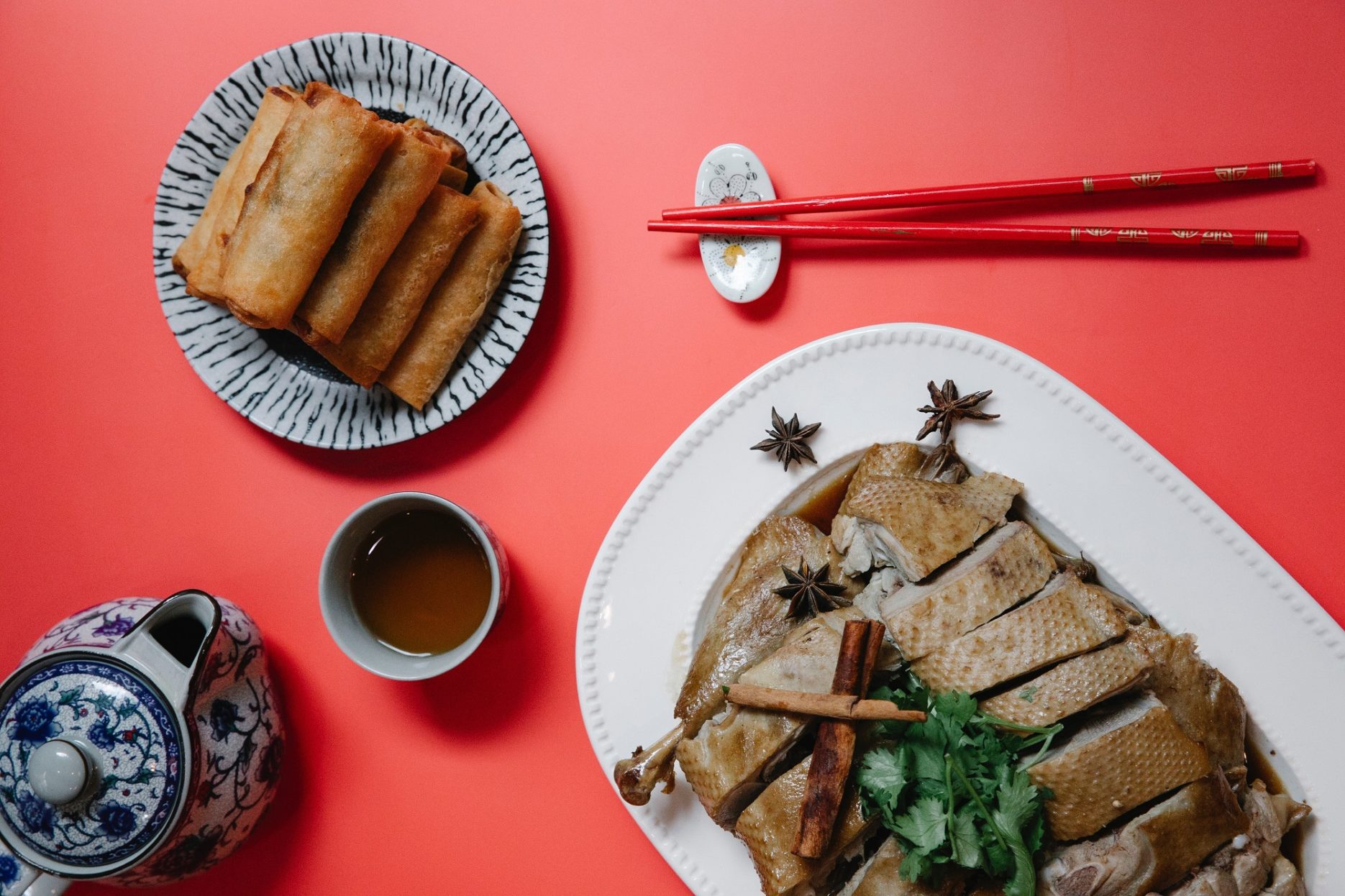Those who keep up with Chinese youth trends are probably familiar with their fascination for historical dramas. As a matter of fact, 2018 witnessed an entire Hanfu craze amongst Gen Z that made international headlines and has yet to dwindle. It appears as though yet another trend is on the horizon, and this time it involves replicating ancient recipes.
Foodies all over China are eager to recreate the delicacies that their favourite historical characters indulged in while on the big screen, from Legend of Zhen Huan’s lotus flour osmanthus candy cake to Dream of Red Mansion’s goose oil rolls. Even cooking tutorials for desserts like fried cherry cake have accumulated over 230,000 views on video streaming platforms.
While these recipes may seem like a piece of cake, many foodies have found themselves in a dilemma as they struggle to reproduce what they see on screen. This new demand has created business opportunities for numerous restaurants that are currently catering to the trend.
In order to further stimulate the vitality of this market, the Industrial Culture Development Centre has teamed up with the China Food Industry Association to hold a large-scale “Foodie Festival” from 11-29 May this year. This is the first nationwide food-themed event which promotes innovative products through diverse food exhibitions. As food plays a crucial role in Chinese culture as well as the national economy, this event is naturally going to attract plenty of business.
Much like the Hanfu craze, there is more to this ancient dish trend than food. Behind it lies a desire to travel through space and time to reconnect with one’s ancestors who may have indulged in the same recipes long ago. For just a moment they can savour the same meal in which countless historical figures found consolation and allow themselves to delve deeper into their cultural identity and heritage. Should Western brands decide to participate in this trend or leverage it as a marketing tool, it is imperative that they first gain an in-depth understanding of its culture and history.









